SEARCH






|
|
|
|


by Editor Siarhei Mikhaliuk
I was very lucky to have had the unique opportunity to meet the famous Russian photographer Alexander Dymnikov, member of the Union of Photo Artists in St. Petersburg.
Alexander was so kind to take the time to answer my questions. I'm glad and proud to share his answers with you!
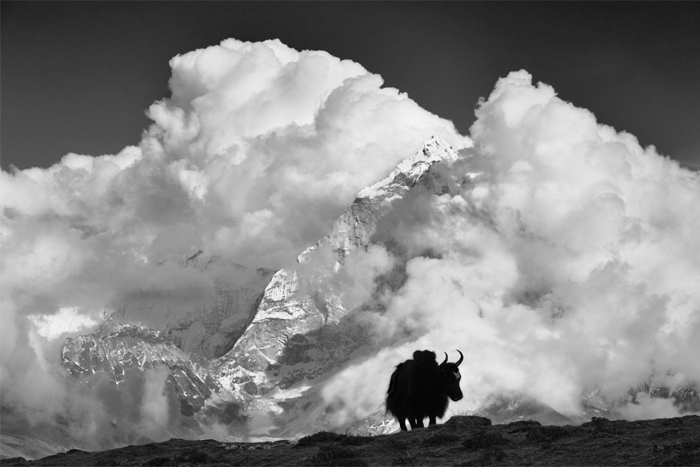
Alexander, please tell us something about your album dedicated to the women of St. Petersburg and what inspired you to realize it?
Women always are an inspiration, even those that are made of stone ;-)
In fact, this is an old story. When I was studying at the Physics Department of Leningrad University in 1983, my scientific adviser at the Department of Theoretical and Applied Spectroscopy was the most intelligent and versatile educated scientist - Dmitry Nikolayevich Shchepkin. One of his hobbies was photographing sculptures of naked women in Petersburg, and he gave small amateur albums from his photos to friends, with a suggestion to try to identify the sculptures.
Every year I became more and more fond of photography, and after 35 years it became clear that it was now my task to also publish an album.
There are many existing photo albums of St Petersburg: Sculptures of lions, lattices, gates and balconies. But not yet a single album dedicated to the women of St. Petersburg.
During the spring of 2017, I started shooting, and a year later, in co-authorship with VS Antoshchenkov, we published this long-awaited album - "Sculptures of Women in the Space of Petersburg".
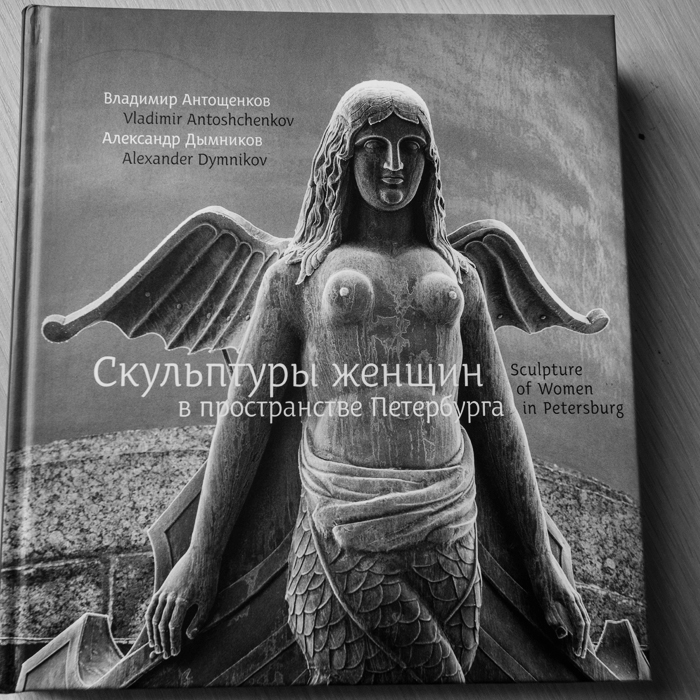
When finished, I really began to perceive the architecture of my native city differently and drew much attention to the sculpture of women in other countries too. The “image” of women abroad is very different from the image of women in St. Petersburg.
I heard you were eight times in the Himalayas. Is that so? What were you looking for over there? What impact did those journeys have on your work as a photographer? Did you find Shambhala there?
In my youth I was engaged in sports, mountain and ski tourism.
I made about 40 hikes. The whole Caucasus, conquered Elbrus and Kazbek.
I made many difficult hikes in the mountains of Central Asia (the Pamirs, the Tien Shan, the Fan Mountains, the High Alai), I crossed the West Sayan in Siberia during winter time. Later, I went skiing at the North Pole, crossed the Himalayas by bicycle, and climbed many rocks in the Dolomites.
I love mountains. And almost all of my trips are connected with visits to mountain regions and mountain landscapes.
Currently, I'm participating every year in trekking and climbing, photo tours and expeditions around Tibet and the Himalayas.
Part of these photos can be seen at the exhibition "Light of Tibet" in the Erart Museum
I plan to continue those photographic projects.
In addition to the majestic mountains and Buddhist monasteries filled with wisdom, I was struck by the inhabitants of Zanskar - sincere and open, welcoming travellers with benevolence and dignity.
My next album - "The Kingdom of Zanskar" will soon be released.
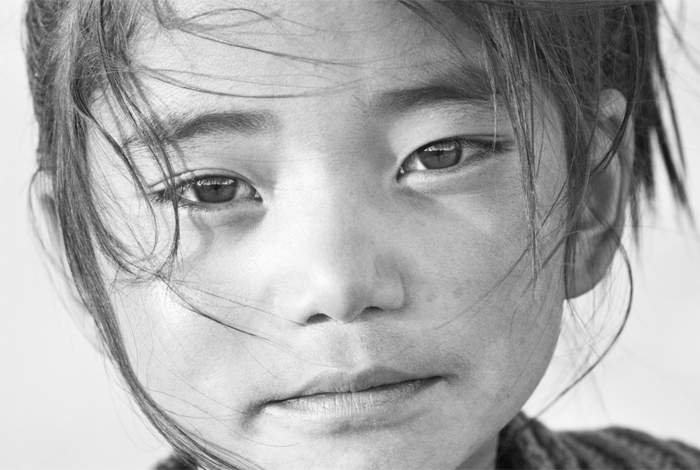
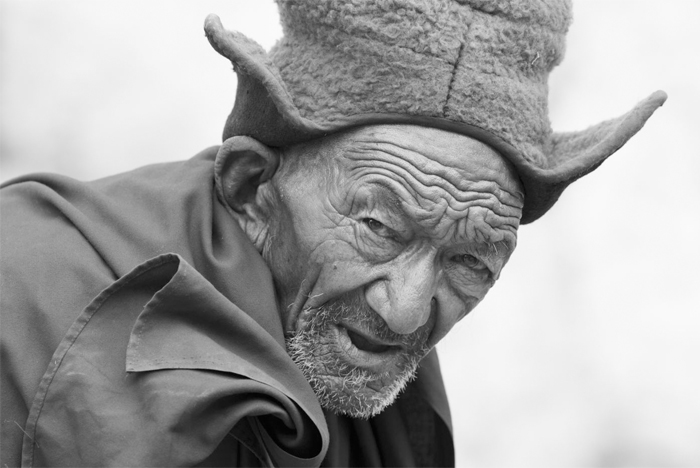
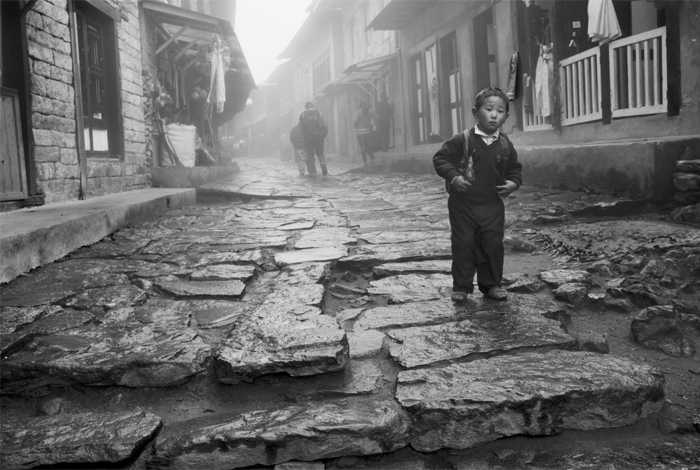

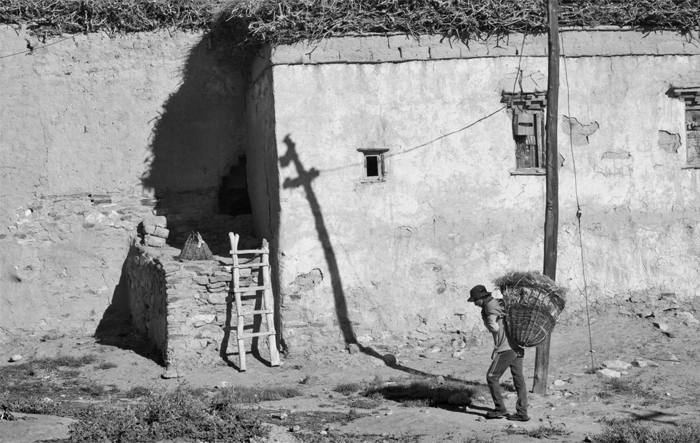
Some say that photography is no longer developing. Everything has long been experimented with. Do you agree with this opinion? How do you see the future of photography?
Cartier Bresson said that everything was filmed before him by Andre Kertesh.
If we continue to marvel about the new works of Sebastiao Salgado, Michael Kenney, Pentti Sammalahti and others, then photography continues to evolve.
Our perception of photography is also changing, a simple visual series is not enough, there is a need for the formulated idea, design thinking is developing, our attitude to colour is changing. Photographs we're looking at become a new language of communication - a visual language that does not require translation.
Can you give some advice and recommendations to young photographers. What is the first thing to pay attention to?
It is interesting and the only important thing is to find your own way in photography. Looking through the work of young authors, I try to identify a few topics or ideas stimulate the author to improve, and I propose to continue working in these areas.
What determines artistry in photography?
Photography should have an aesthetic value. And this aesthetic value should be created by the author, and not be a secondary, created by nature or an architect, if it is a landscape or a work of architecture. But now this is not enough, photography should also surprise.
In other words, it is the harmony of lines and tonal spots created by the author.
This applies to photographs that reflect reality. For photos created with the paradigm of a concentrated idea, it seems to me that the requirements for aesthetic value may be somewhat weakened.
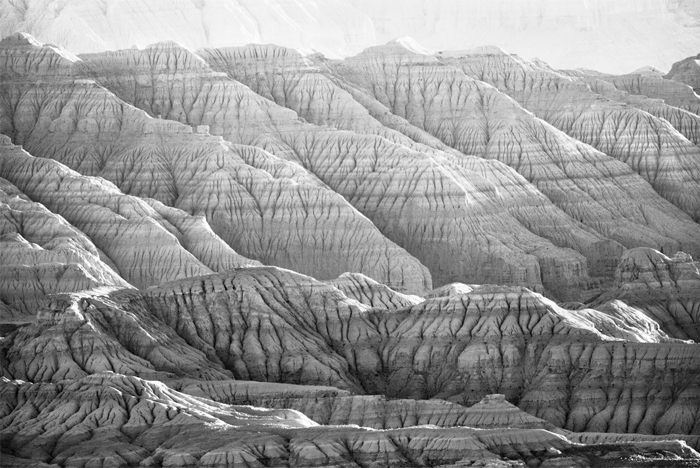
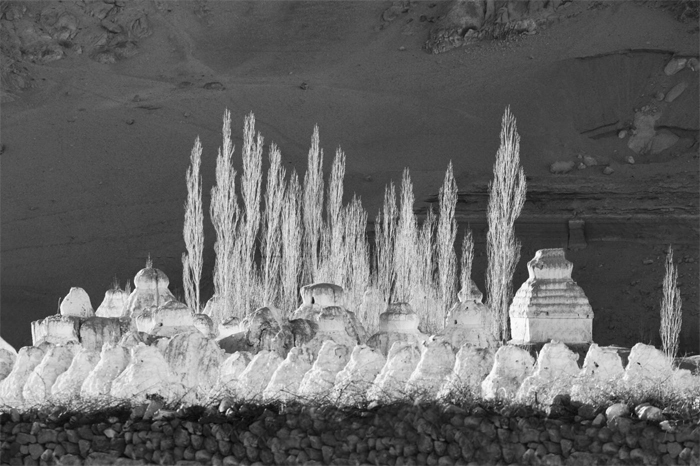
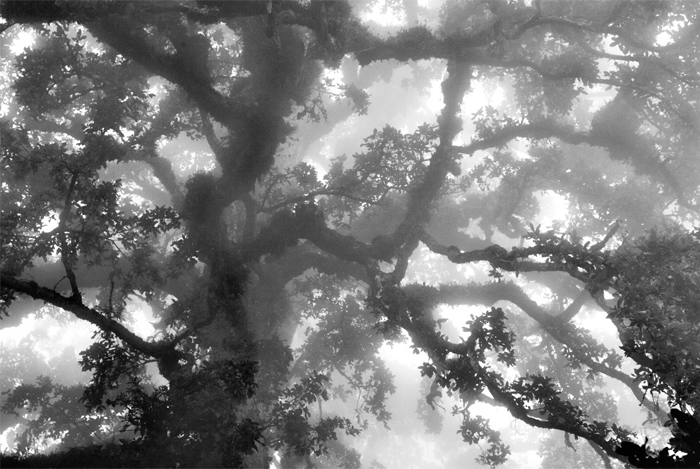
For colour photography, everything is more complicated, and cannot be explained in a few words. Just briefly: it's the harmony of colour ratios, or the triumph of a concentrated idea. The latter so far is extremely rare.
Do you have specific photographic plans for the near future?
Among many expeditions around Tibet and the Himalayas, a trip to Zanskar was especially memorable. In addition to the majestic mountains and Buddhist monasteries filled with wisdom, radiating a sense of eternity, the inhabitants of Zanskar were strikingly sincere and open, welcoming travellers with benevolence and dignity.
Therefore, my next album - "The Kingdom of Zanskar" will soon be released.
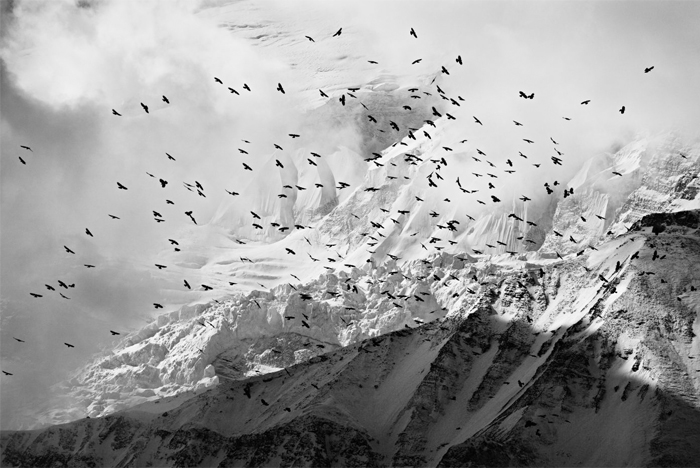
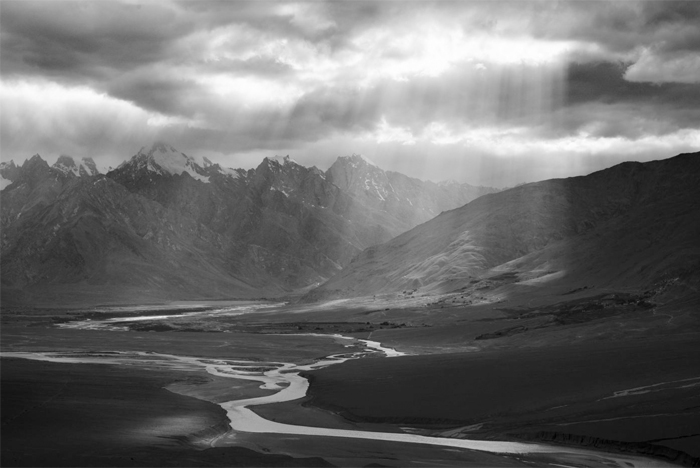
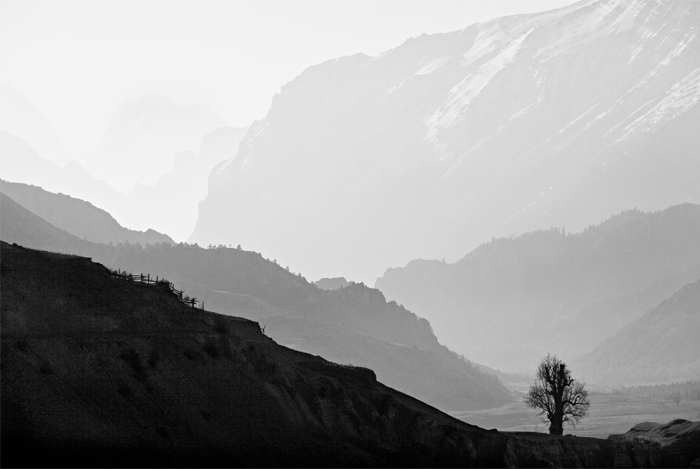
I'm working on a big project "Structures", which I hope to surprise with. There will be an album and an exhibition.
I'm working on creating the album "Panoramas of St. Petersburg".
Other projects are still at the beginning of the road. All of them are about black and white photography.
 | Write |
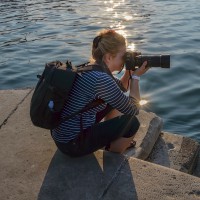 | Tamara Brnelić PRO Excellent interview...thank you for sharing. |
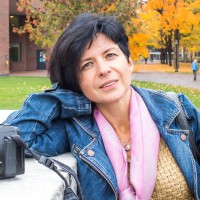 | Olga Merrill Excellent ! thank you both ! |
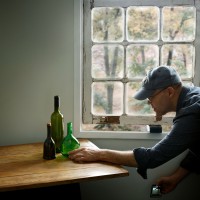 | Luiz Laercio PRO Excellent!! Greats photos!!!
|
 | Yvette Depaepe CREW Excellent interview with Alexander Dymnikov. Thanks for sharing, Siarhei... Always great to learn more about talented photographers from your country. Cheers, Yvette |